An 8-Step Process for Finding the Top Personal Finance Curriculum
Have you been searching high and low for a top-quality personal finance curriculum? If so, you have probably already come to realize just how taxing it can be to find helpful, engaging and easy-to-understand resources on the internet. Stress no more, because – luckily – you’ve come to the best location for just that. We have compiled a complete, step-by-step guide focused on what needs to be done in order to construct a top-quality financial education course. We’ve done this to help both people and organizations reach their financial potential.
Personal finance curriculum options are now offered by NFEC to interested people around the world, featuring material that’s completely customizable for any collection of participants – regardless of how old they are or which socioeconomic background they have.
This is meaningful and engaging material that makes an impact, while also presenting a fun way to absorb the lessons.
1. A Personal Finance Curriculum Mission
Fernando is a supervisor at an event planning company, and is currently training a small team of interns who are in the midst of a one-year internship program. They collectively needed help with their own money matters, so he was hoping he could find an effective personal finance curriculum to show them. Instead of teaching them himself, which he didn’t have time to do, he chose to find some outside help in order to deliver this highly beneficial information.
After a round of informal chats with most of his intern group, he realized that most of them lacked even a fundamental understanding of money basics – so an easy-to-digest source of reliable information would be best initial stepping stone.
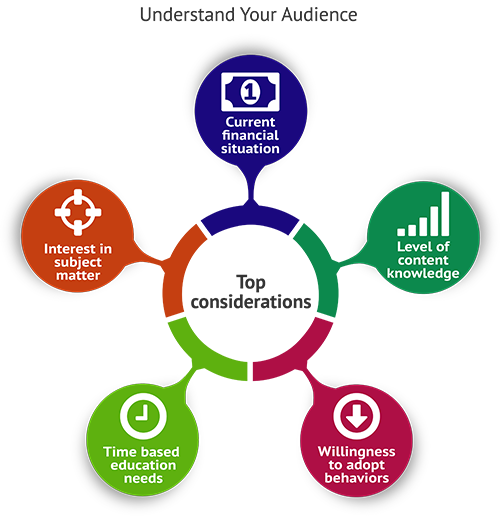
2. Personal Finance Course Curriculum: Taking Initiative
At first, his initial plan was to help them acquire money management knowledge by himself through giving them a series of workshops using interactive personal finance lesson plans. He hoped to enable them to better their personal financial situations as fast as was manageable, so he figured a stripped-down course that stuck to the basics would be his best bet. Peering into the future, though, he hoped that the long-term benefit would be that this group turns into semi-experts when it comes to personal money matters.

3. The Best Method of Tackling a Personal Finance Curriculum
With Fernando already decided when it came to his short-term blueprint and future plans for the group, he could start to find the best way to provide them with this important education. How could he best deliver this information? At what pace? He wanted to opt for a course that enabled the group to do it at their own pace, in order to work with their mismatched availability when it came to scheduling – which drove him to opt for an online course – but one that wouldn’t feel boring to the group. He also wanted outcomes to be more than just memorizing personal finance terms, he wanted them to apply what they learned to works toward better financial health.

4. Sketching Out an Educational Roadmap
What Fernando had to do after that decision was made was to narrow down the matters on which his course would focus. Because his audience was composed of mostly novices when it came to the topic, he wanted to design the personal finance course curriculum with a focus on just the core ideas of personal money-related responsibilities.
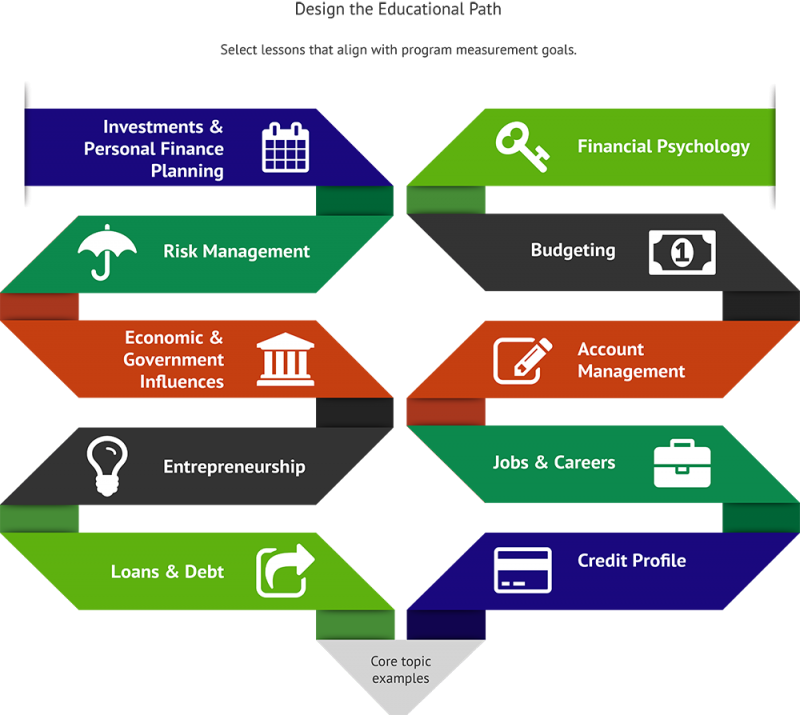
5. Narrowing Down a Focus
What Fernando realized he needed was a program option that addressed this focus with the help of interactive and appealing activities, and one that would also be able to function alongside everyone’s clashing personal schedules. That’s why he opted to go with traditional instructor led training, flipped classroom style training for certain lessons and some interactive personal finance games to add gamification to the instruction.
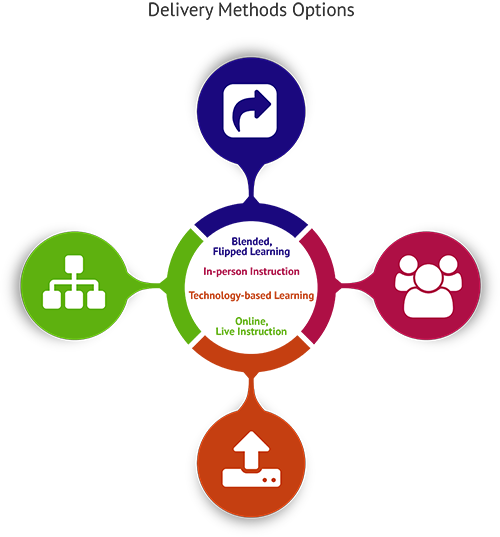
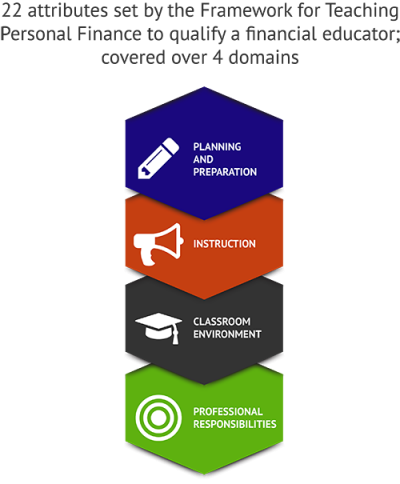
6. Finding Third-Party Help with a Personal Finance Curriculum Map
Fernando would definitely be able to lead a structured educational program to this group, but he was afraid that his own personal disorganization could produce an unstructured personal finance course curriculum. He needed to find some help, preferably a highly-organized person who would be experienced at designing a personal finance curriculum map. Because of that concern, he got in contact with an expert an the NFEC who know how to teach personal finance effectively who was skilled in this area.
7. Beginning the Follow-Through
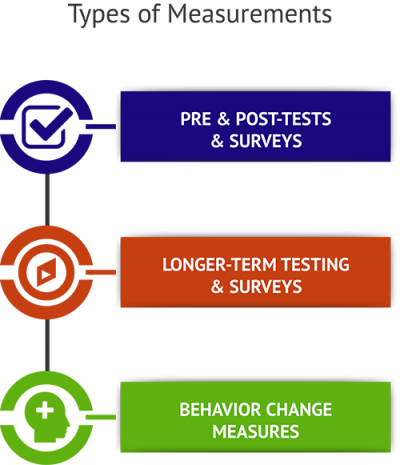
8. Making Sure to Follow Up
Fernando quickly understood that this first phase was just meant to get the ball rolling, and how this collection of interns would likely require continued help if their goals were to apply what they picked up from the personal finance curriculum map into their real-world financial lives. Right after the initial portion of the course was finished, he composed some personalized emails messages to everyone who participated – congratulating each member of the group and emphasizing just how important it is that they continue to put in effort toward reaching their ideal personal financial situations. He also issued a personal finance certification to all participants that passed the final exam.
So they could all retain what they had learned, Fernando decided to provide each of them with an offer of follow-up courses, similar to the first one and held monthly. This way, he would likely be able to help them build upon the foundation they established thus far.






